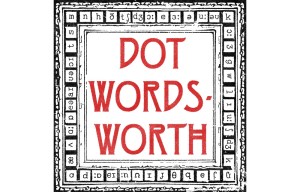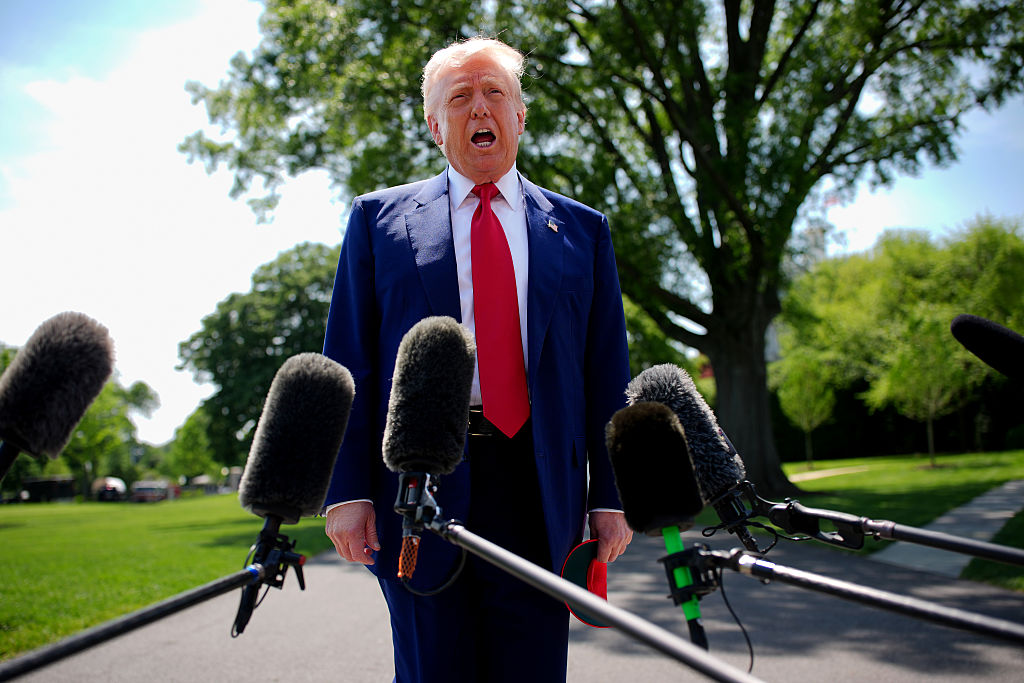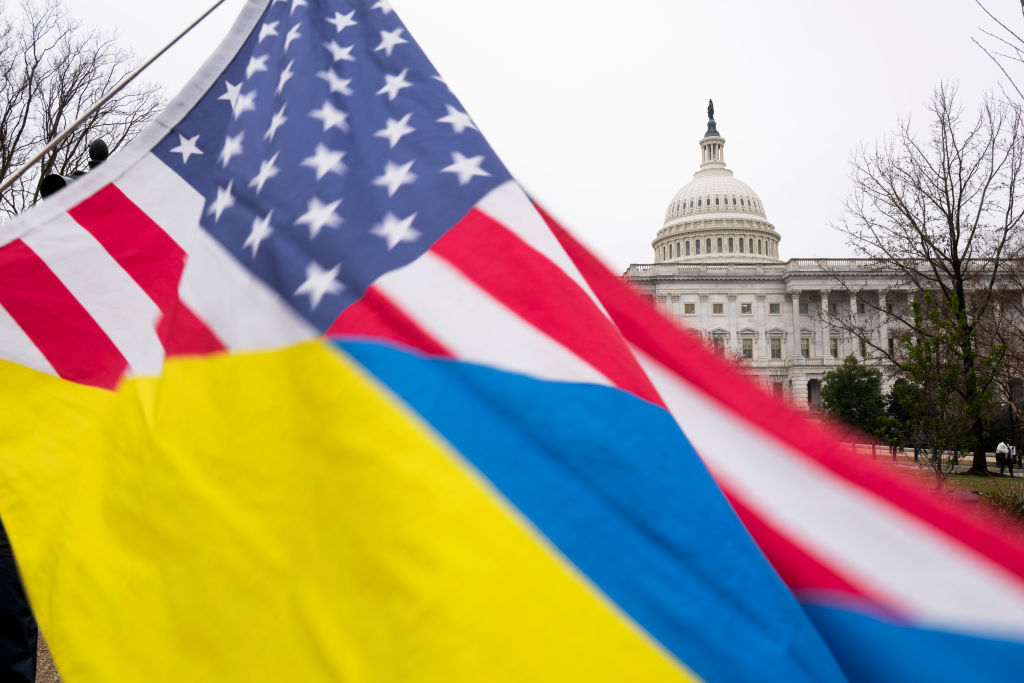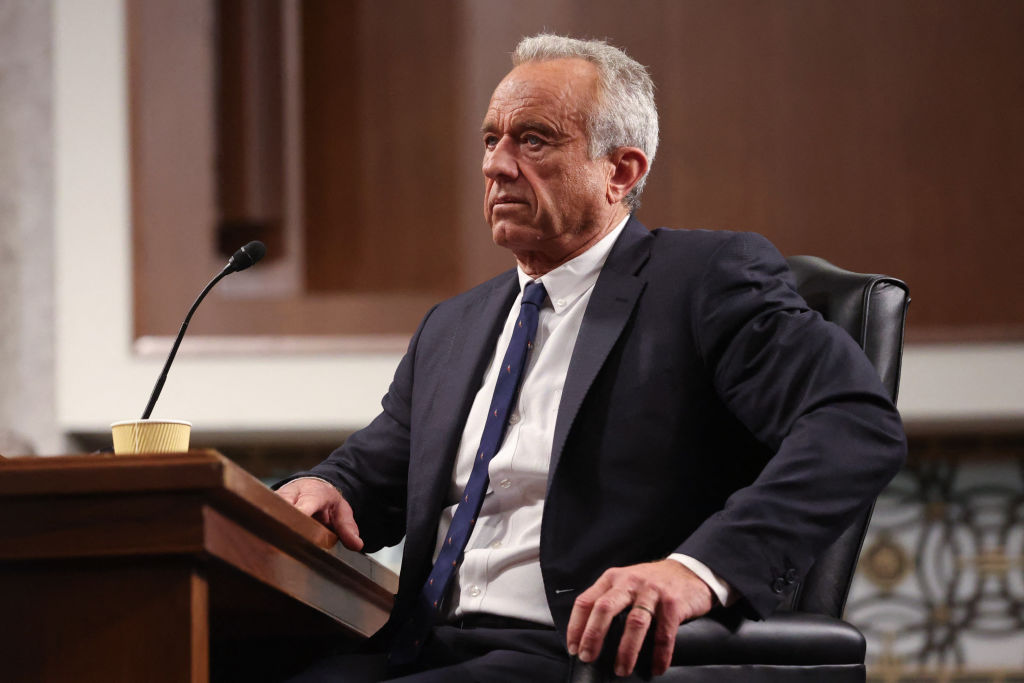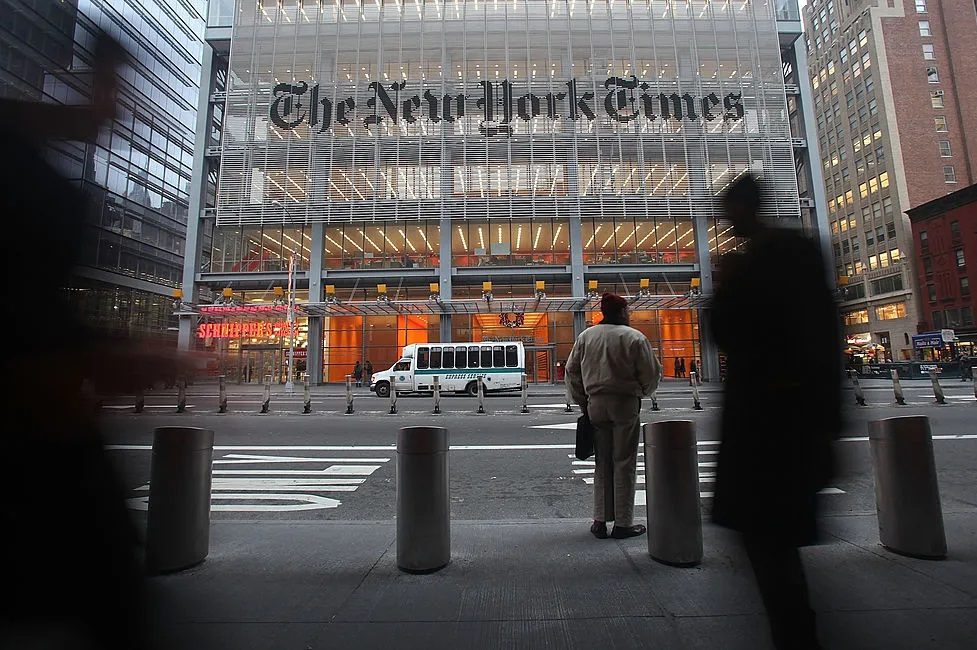Former Alaska governor Sarah Palin is taking the New York Times Company (NYT) to trial in February for alleged defamation. Palin, according to her lawsuit, filed suit in order “to hold…NYT accountable for defaming her by falsely asserting what they knew to be false: that Governor Palin was clearly and directly responsible for inciting a mass shooting at a political event in January 2011.”
Palin is alleging that NYT “falsely stated as a matter of fact to millions of people that Gov. Palin incited Jared Loughner’s January 8, 2011, mass shooting at a political event in Tucson, Arizona, during which he shot thirteen people, severely wounding United States congresswoman Gabrielle Giffords, and killing six others.”
The legal saga began on June 14, 2017, when the New York Times editorial board published an editorial titled “America’s Lethal Politics” in which they claimed, “Before the shooting, Sarah Palin’s political action committee circulated a map of targeted electoral districts that put Ms. Giffords and nineteen other Democrats under stylized cross hairs.”
The editorial asserted that the “link to political incitement was clear.” The notion of a “link” wasn’t inserted until late in the story’s composure by then-editorial page editor James Bennet. Bennet later resigned under pressure after a staff revolt over the Times’s publication of an op-ed by a Republican senator in 2020.
In fact, no evidence linked Palin to the Loughner shooting. Nor did Palin’s PAC publish images of politicians under crosshairs. Not even the Times disputed that its editorial was false. In the face of intense backlash, the paper posted a corrected version and clarified that Palin’s PAC had “overlaid crosshairs on Democratic congressional districts, not the representatives themselves.” They also tweeted an apology, though they omitted any reference to Palin herself, which Palin’s legal team found an empty gesture.
Palin’s task in this suit is to show by a preponderance of evidence that NYT published a false statement that was made with actual malice, i.e., “knowledge that it was false or with reckless disregard of whether it was false or not.” Since the Times acknowledged its mistake, albeit without any expression of contrition to Palin, the jury trial will focus on whether NYT purposely veered towards falsehood with ill will towards Palin. This is a high legal standard that is rarely met.
Despite the long odds, Palin already has won one important victory. In 2019, the United States Court of Appeals for the Second Circuit ruled unanimously that federal district court judge Jed S. Rakoff erred in dismissing Palin’s complaint, setting in motion next month’s jury trial in New York City.
Palin’s lawsuit is important because First Amendment law is under renewed scrutiny. With the proliferation of internet and other media organs publishing rumor, propagating false stories, and repeating outright fiction, both the definition of the media and the range of possible damage to reputation have been expanded.
Conservatives in particular have expressed concerns that mainstream media outlets play fast and loose with stories regarding right-leaning leaders and causes. Palin believes the Times editorial was part of a broader agenda. In her lawsuit, she claims that the paper’s editor “was willfully blinded by a pre-determined desire to lash out against conservatives and Second Amendment advocates by attacking Governor Palin.”
Justice Clarence Thomas has long criticized the malice test as an outrageously high hurdle to clear in public figure defamation cases. He has an ally in Justice Neil Gorsuch, who also has expressed reservations about the state of libel law. Palin’s case may prove to be the vehicle that allows the United States Supreme Court to revisit a controversial legal standard at a time when the press is evolving daily.










